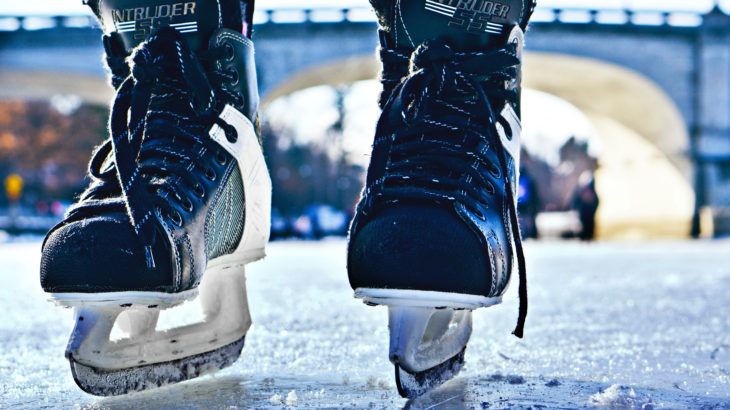It was the late ‘70s and 27-year-old Frank Roach was assistant director at Hampton (Va.) Coliseum.
Hampton was a very progressive city and had secured a huge piece of business for such a small town – Garner Ted Armstrong’s Intercontinental Church of God Feast of the Tabernacles. It was a 10-day convention in October, drawing at least 5,000 people from all over the country. And this group, unlike some such organizations, enjoyed alcohol in moderation.
It was going to be a very good month.
The Feast of the Tabernacles had been booked years in advance, of course. They had no idea of the fall schedule of the tenant team, the Hampton Gulls of the Southern Hockey League, at the time, but it wasn’t expected to be an issue.
Then Frank got the call. The Mayor, who owned the Hampton Gulls, was on the phone.
“Hey, I want to do the opening game at home.”
“Well, Mayor, the season opens on the Saturday the convention ends. It can’t be done.”
“There has to be some way to do this. You just tell them they have to get out on Friday.”
“Well, we’ve got a contract; they go through Saturday.”
Quickly, it became a just-do-it scenario, so Frank and the coliseum booking staff went to the church officials (“the best people I think I ever worked with,” said Frank) and they agreed to let the arena make the ice, about a two day process then, prior to the start of the convention.
The arena would cover the ice with homasote floor boards, and the church would do their entire convention over ice. In addition, they agreed to quit at noon on Saturday rather than early evening as planned.
“They agreed we could put the dasherboards in and they would just work around all this,” Frank recalled. “It would work great. All we had to do was uncover the ice, put the glass in the dashers and we’d be on our merry way to do hockey at 7.”
“We were pretty sure if we got the building at noon and put extra people on we’d be ready for teams to come out on the ice by 5:30-6 p.m. We’d have to do some resurfacing or whatever, but we were confident about our ability to get this done.”
All went as planned and the church even said that since most of their people booked later flights, they’d help move stuff and clean up or whatever.
“Great. So I go up in my office and work on something else, assuming everything was going fine.”
Two hours later, the operations manager knocks on Frank’s door.
“We have a problem.”
“What’s the problem?”
“Apparently at some point we kind of lost temperature in the ice and the water went up into the homasote and then it refroze and all the homasote is stuck to the ice. We can’t get it up. We’ve been working to chip it up and we’ve gotten about three pieces up of the hundreds that are out there.”
“Holy shit. You should have called me.”
His first reaction was that it would be impossible to play this game, but he knew that’s was not an option.
So he called the city manager and explained what was going on.
“What are we going to do?”
“I have one idea but it’s going to cost a lot of money.”
“I don’t care; what is it?”
“Our public works department has scrapers and stuff like that they use to clean the streets when we have snow or ice. Just maybe if Frank Miller [head of public works] can bring in some of that equipment we can take it out on the ice and tear this stuff up. It’s going to tear up a lot of the ice floor, but it’s the only chance we’ve got.”
“I’ll call Frank now and tell him that whatever you tell him to do, he’s got to do.”
So the public works crew arrived with front-end loaders and snow plows and “just tore the shit out of the homasote.” However, by the time Miller mustered the crew, it was about 5 p.m. Doors were supposed to open at 6. The teams had arrived and the fans were about to.
“So we made the decision to go ahead and open doors. Along with the hockey game, they’d get to see a heavy equipment show,” Frank said. He saw no reason not to let the fans eat and drink indoors while they watched the whole show.
“I think we finally dropped the puck for the opening face-off at 10 after nine on probably the worst ice surface anyone has ever skated on,” Frank said.
“We were taking crushed ice out of the concessions stands to fill the holes in the ice floor. We flooded it a couple of times.
“The ice was in bad shape, so both coaches were bitching, but we played the game. We got through it.” — Based on a true story as told to Linda Deckard
Photo by Matthew Fournier for Unsplash.

Prepared Frank for his next job with the Greatest Show on Earth!
Ken Wachter, watch for another story related to this one from my circus days.